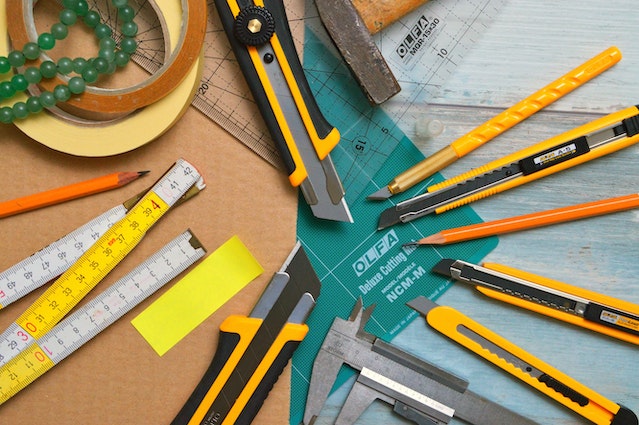Fabric cutters are an essential tool in the arsenal of anyone who loves sewing, quilting, or crafting. They offer precision, speed, and ease in cutting various types of fabrics, making your projects more efficient and enjoyable. In this blog, we’ll explore the world of fabric cutters, discuss their types, advantages, and tips for choosing the right one for your needs.
1. Introduction
Fabric cutters have revolutionized the way we work with fabric. Whether you’re a professional seamstress or a hobbyist, these devices provide accuracy, speed, and consistency in fabric cutting, leaving you with more time for the creative aspects of your projects.
2. Types of Fabric Cutters
Fabric cutters come in various types, each catering to different needs and preferences. Here’s a brief overview of the most popular types:
a. Rotary Cutters: Rotary cutters are hand-held devices equipped with a circular blade that rotates as you cut. They’re ideal for straight and curved cuts, and their ergonomic design ensures comfort during use.
b. Electric Fabric Cutters: Electric fabric cutters are powered tools that provide clean and precise cuts. They’re perfect for cutting through multiple layers of fabric quickly and efficiently.
c. Scissors and Shears: Traditional fabric scissors and shears are still widely used for cutting fabric. They offer precision and control, making them suitable for intricate cuts and detailing.
d. Die Cutters: Die cutters are designed for cutting multiple layers of fabric at once using templates or dies. They are favored in quilting and crafting for their efficiency in repetitive cutting.
3. Advantages of Fabric Cutters
Fabric cutters offer a multitude of benefits that can make your fabric-cutting tasks easier and more enjoyable:
a. Precision: Fabric cutters provide accurate and consistent cuts, reducing the chances of errors and uneven edges.
b. Speed: These tools significantly increase the speed of the cutting process, allowing you to complete projects faster.
c. Reduced Hand Fatigue: Rotary and electric fabric cutters, in particular, minimize hand strain, making them ideal for large projects.
d. Versatility: Depending on the type of fabric cutter, they can handle various fabrics, from delicate silk to heavy denim.
4. Choosing the Right Fabric Cutter
Selecting the right fabric cutter for your needs is essential. Consider the following factors:
a. Type of Projects: Think about the type of projects you work on. For quilting, a die cutter may be your best choice, while electric fabric cutters are suitable for general sewing.
b. Cutting Volume: If you’re a professional or plan to undertake large projects, an electric fabric cutter might be a more practical choice.
c. Budget: Fabric cutters come in a wide price range, so determine your budget and stick to it.
d. Comfort and Ergonomics: Pay attention to the design and ergonomics of the cutter. You should feel comfortable using it for extended periods.
5. Care and Maintenance
Taking proper care of your fabric cutter ensures its longevity and continued efficiency. Follow the manufacturer’s guidelines for maintenance and blade replacement. Clean the blade after use and store it in a safe, dry place to prevent rust or damage.
